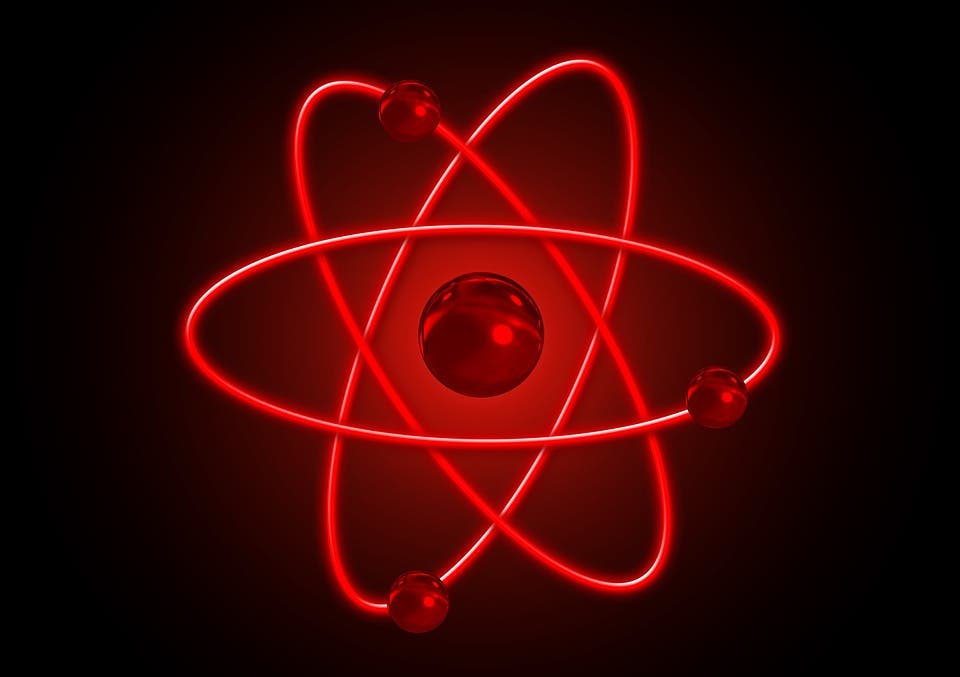Six years ago, physicists announced the results of a new measurement of the proton — and the particle turned out to be too short. Since then, a lot of effort has been put into checking their results — and again, the latest measurements have revealed smaller than expected results. Physicists are now left scratching their collective heads trying to pin down the elusive measurements of this particle.

Protons are positively charged particles that, together with neutrons, form the nuclei of atoms. They’re really, really tiny — for years, the proton’s radius was set at about 0.877 femtometers. One femtometer being equal to 10−15 meters, slightly over a quadrillionth of a meter in diameter. This number, however, was changed in 2010, when Randolf Pohl from the Max Planck Institute of Quantum Optics in Germany used a novel measuring technique and got a better measurement for a proton’s size.
His team started from a simple hydrogen atom — which has one proton and one electron — and substituted its electron for a heavier particle called a muon. They then fired a laser at the altered atom, measuring the resulting change in its energy levels to calculate the size of the nucleus — which in the case of hydrogen is a single proton. They reported that their measurement of the particle came out 4% smaller than what other methods showed.
Measurements performed in 2013 confirmed the findings, setting the world of particle physics ablaze trying to find the answer to the “proton radius puzzle.”
Pohl also applied this technique to deuterium, a hydrogen isotope with one proton and one neutron — also known as a deutron in this case — in the nucleus. Accurately calculating the size of the deutron took plenty of time. Today, the team published the long-awaited result and, you’ll never guess it, it came up short again, this time by 0.8%.
Evangeline J. Downie at the George Washington University in Washington DC says that these numbers show the proton radius puzzle is here to stay.
“It tells us that there’s still a puzzle,” says Downie. “It’s still very open, and the only thing that’s going to allow us to solve it is new data.”
Several other similar experiments, both at Pohl’s and other labs around the world, are already underway. One such experiment will re-use the muon technique to measure the nucleus size of heavier atoms, such as helium.
Pohl believes the issue may not be with the proton itself, but rather with an incorrect measurement of the Rydberg constant which describes the wavelengths of light emitted by an excited atom. This constant’s value has been established very precisely in other experiments however, so something has to have gone really wrong for it to be inaccurate.
One other explanation proposes new particles that cause unexpected interactions between the proton and the muon, without changing its relationship with the electron. That could mean that the key to the puzzle lies beyond the standard model of particle physics.
“If at some point in the future, somebody will discover something beyond the standard model, it would be like this,” says Pohl.
Was this helpful?



